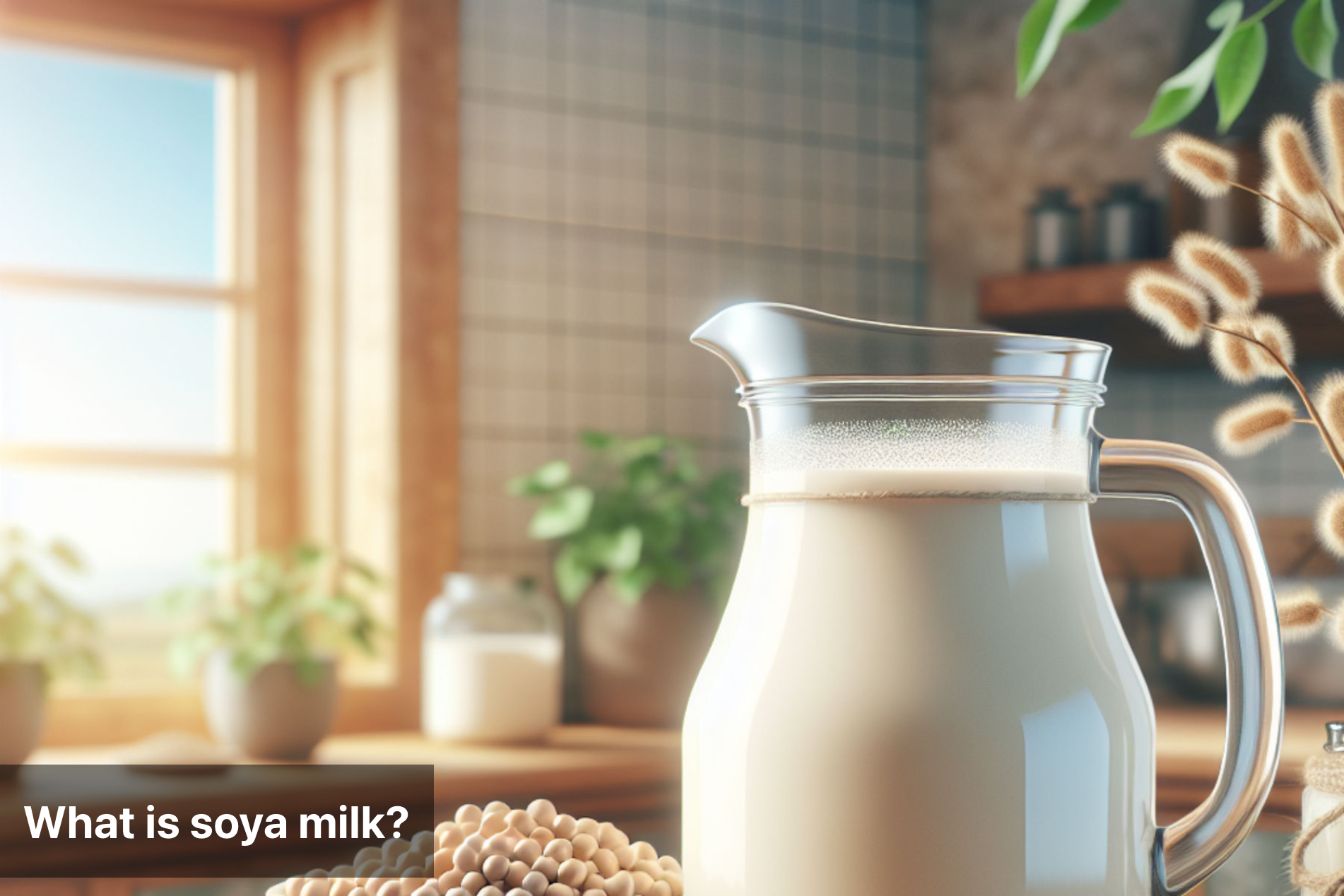
What is soya milk?
Soya milk, often referred to as soy milk, is a plant-based beverage made from the grinding and soaking of whole soybeans. It serves as a nutritious alternative to cow's milk, appealing to a wide range of diets including veganism and lactose intolerance. Originating thousands of years ago in East Asia, particularly in China, soy milk has gained immense popularity worldwide due to its health benefits and versatility in cooking.
The process of making soy milk involves soaking soybeans, grinding them with water, and filtering out the solids. This liquid retains many nutrients found in soybeans, making it a rich source of protein, healthy fats, vitamins, and minerals. Many individuals wonder, “What is soy milk?” In essence, it serves as an excellent dairy substitute, offering a creamy texture and neutral flavor suitable for various culinary applications.
In recent years, there has been a surge in the demand for plant-based alternatives, and soy milk stands out as a frontrunner. Its growing acceptance among consumers highlights a shift toward healthier and more sustainable living choices. As awareness around nutrition and dietary preferences continues to evolve, soy milk remains at the forefront of this transformative food movement.

Nutritional Profile of Soy Milk
|
Nutrient |
Amount per 1 Cup (240 mL) |
% Daily Value (DV) |
|---|---|---|
|
Calories |
80 kcal |
— |
|
Protein |
7 g |
14% |
|
Fat |
4 g |
6% |
|
Carbohydrates |
4 g |
1% |
|
Sodium |
90 mg |
4% |
|
Potassium |
300 mg |
9% |
|
Calcium |
300 mg |
30% |
|
Iron |
1.0 mg |
6% |
|
Magnesium |
30 mg |
7% |
|
Phosphorus |
160 mg |
23% |
|
Water |
220-230 g |
— |
How Soya Milk is Made?
-
Soak Soybeans: Soak dried soybeans in water for about 8-12 hours or overnight to soften them.
-
Blend Soybeans: Drain the soaked beans and blend them with fresh water (about 3 cups of water for every cup of soaked beans) to make a smooth, creamy mixture.
-
Boil the Mixture: Pour the blended soy mixture into a pot and bring it to a boil over medium heat, stirring occasionally to avoid burning. Boil for about 5-10 minutes.
-
Strain the Milk: Once the mixture has boiled, strain it through a cheesecloth or fine mesh strainer to separate the liquid (soy milk) from the soy pulp (okara).
-
Cool and Store: Let the soy milk cool to room temperature, then refrigerate it. It can be stored in an airtight container for up to 3-4 days.
Uses of Soya Milk
1. As a Milk Substitute
-
In Coffee or Tea: Soya milk is often used as a dairy-free alternative in coffee or tea, providing a creamy texture.
-
In Smoothies: It can replace dairy milk in smoothies, adding a protein boost while maintaining a smooth consistency.
2. Cooking and Baking
-
Baking: Soya milk can be used in baking recipes (like cakes, muffins, pancakes) in place of cow's milk or buttermilk.
-
Savory Dishes: It can be added to soups, sauces, and curries as a creamy base, perfect for dairy-free or vegan cooking.
3. In Breakfast Foods
-
Cereal or Oats: Pour soya milk over cereal or oatmeal for a dairy-free, high-protein breakfast.
-
Porridge: It adds a creamy texture to porridge, making it rich and satisfying.
4. As a Beverage
-
Chilled or Warm: Soya milk can be served chilled or warm, flavored with vanilla, chocolate, or spices like cinnamon for a delicious drink.
5. In Desserts
-
Puddings and Custards: Soya milk is commonly used in vegan puddings, custards, and flans as a creamy base.
-
Vegan Chocolates or Fudge: It can replace dairy milk in chocolate recipes, offering a vegan alternative for indulgent treats.
Discovering Soya Milk: Health Benefits and More
Soy milk stands out as a versatile alternative to traditional dairy options. Most notably, its growing popularity can be attributed to its numerous health benefits and adaptability in cooking.
When considering what soy milk is, it becomes clear that it is not just a dairy substitute but a nutritional powerhouse. It contains essential proteins, vitamins, and minerals, making it a fantastic choice for those looking to enhance their diets. Additionally, soy milk is an excellent option for individuals with lactose intolerance or those following a vegan lifestyle.
The process of making soy milk holds importance as well, showcasing how this simple ingredient can transition from raw soybeans to a creamy liquid rich in flavor. We also delved into various culinary applications, highlighting its usefulness in both cooking and baking. Whether used in smoothies, soups, or baked desserts, soy milk can seamlessly fit into a variety of dishes, making it an attractive option for everyone—from vegans to non-vegans.
FAQs
1. What is soy milk?
Soy milk is a plant-based beverage made from whole soybeans or soy protein isolate. It is a popular alternative to cow's milk and is often fortified with vitamins and minerals.
2. Is soy milk suitable for everyone?
Soy milk is generally suitable for most people, including those who are lactose intolerant or allergic to dairy. However, individuals with soy allergies should avoid it.

3. Does soy milk contain the same nutrients as cow's milk?
Soy milk contains similar protein content to cow's milk and is often fortified with calcium, vitamin D, and B vitamins. However, the nutritional profile can vary by brand, so it's important to check labels.
This Blog post is an initiative by Lo! Foods, to provide accurate and Nutritionist / Doctor approved information related to Health. Lo! Foods is India's leading brand for Everyday Functional Foods. Foods designed for specific Health conditions or Needs. Lo! Foods also runs India's largest range of Low Carb Healthy Cloud Kitchens, under the brand names of Lo!, ProteinChef, ATH (All Things Healthy) and DiabeSmart.



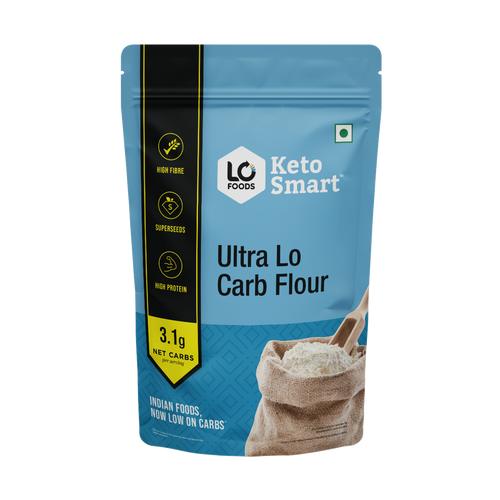
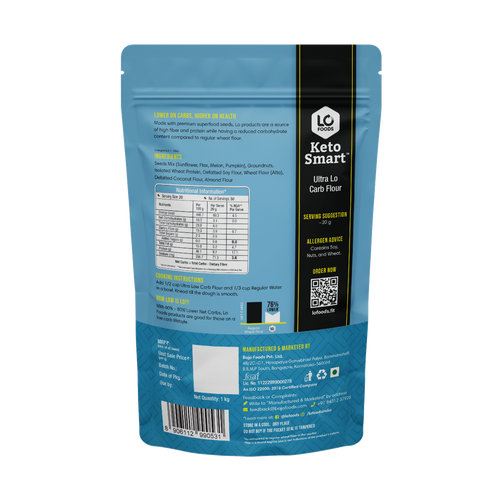
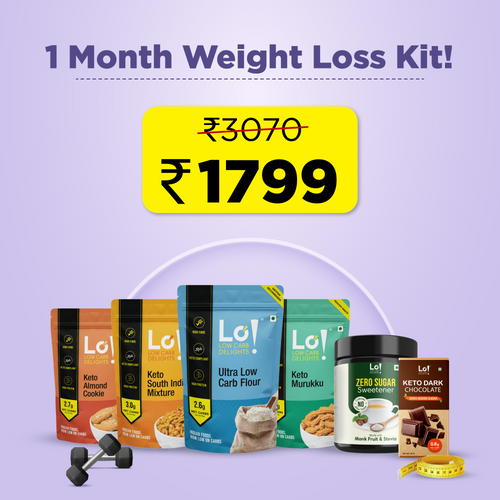
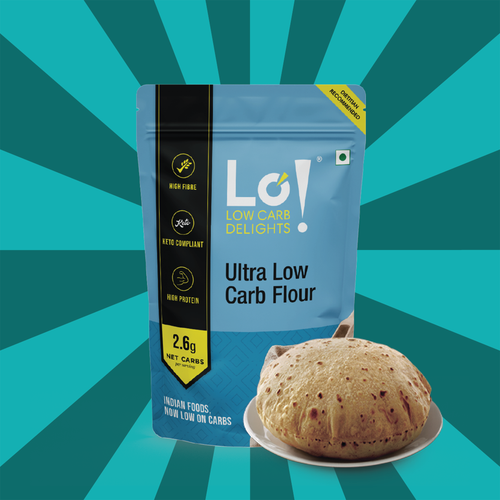


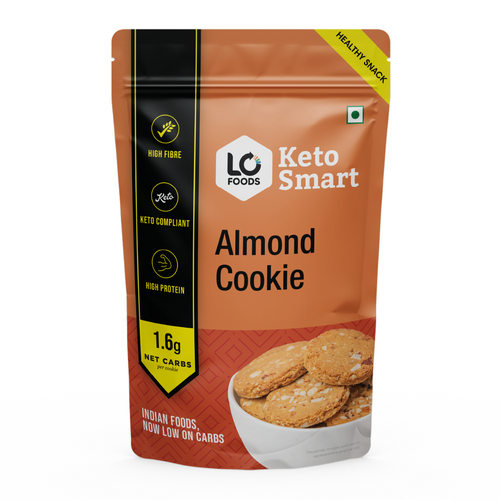



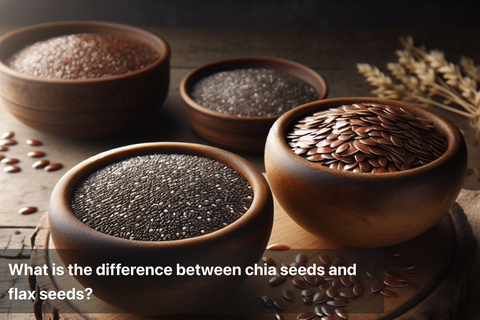

Leave a comment
Your email address will not be published.